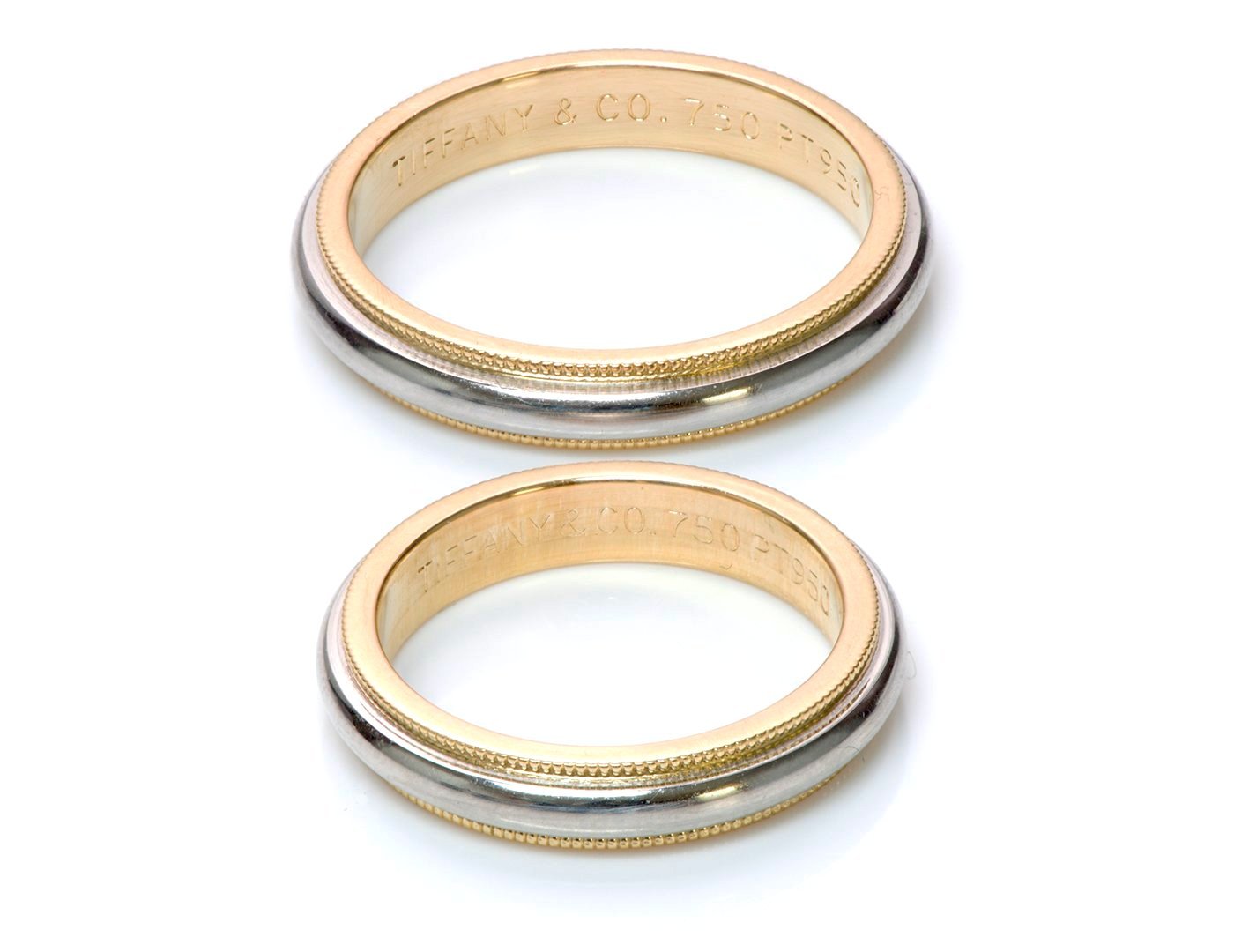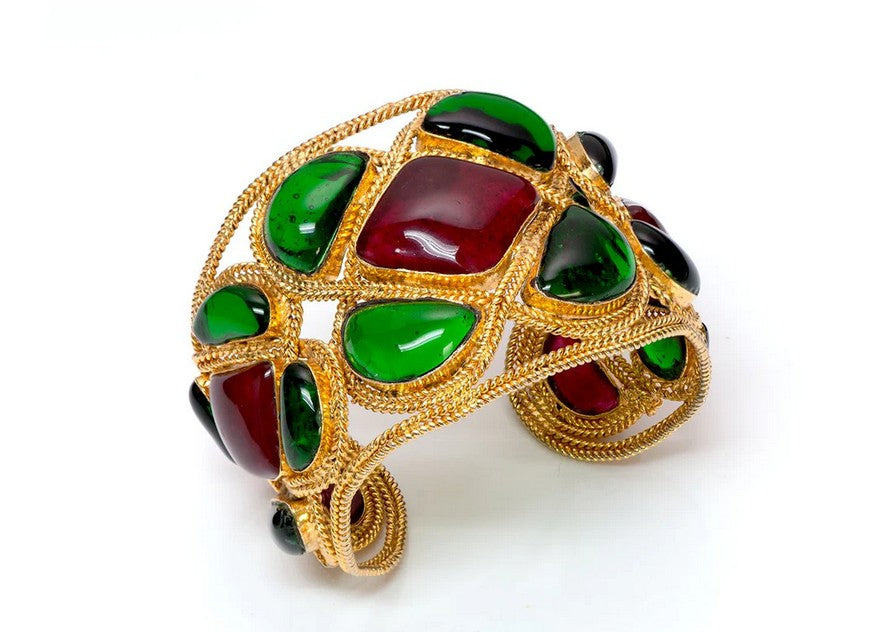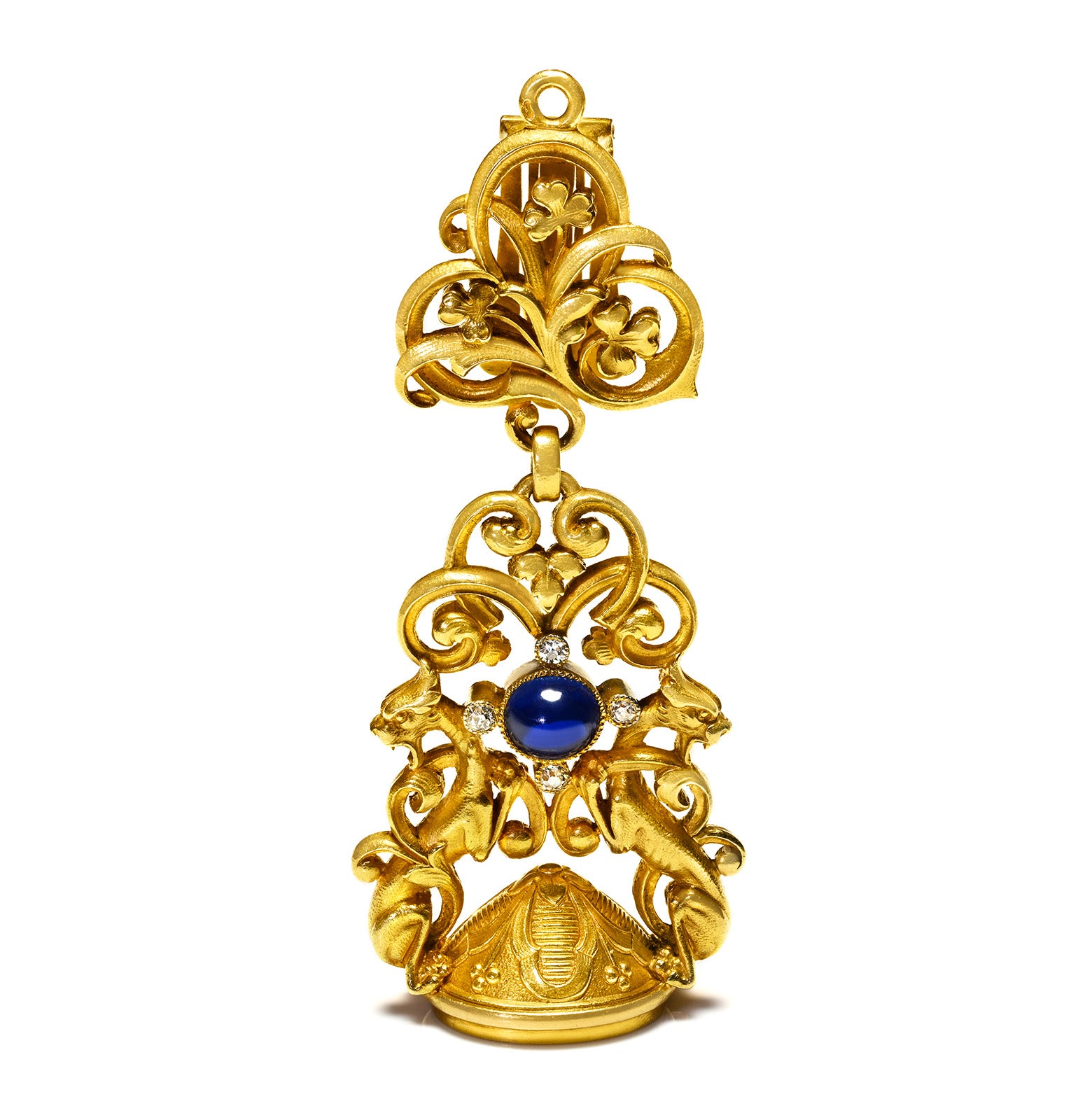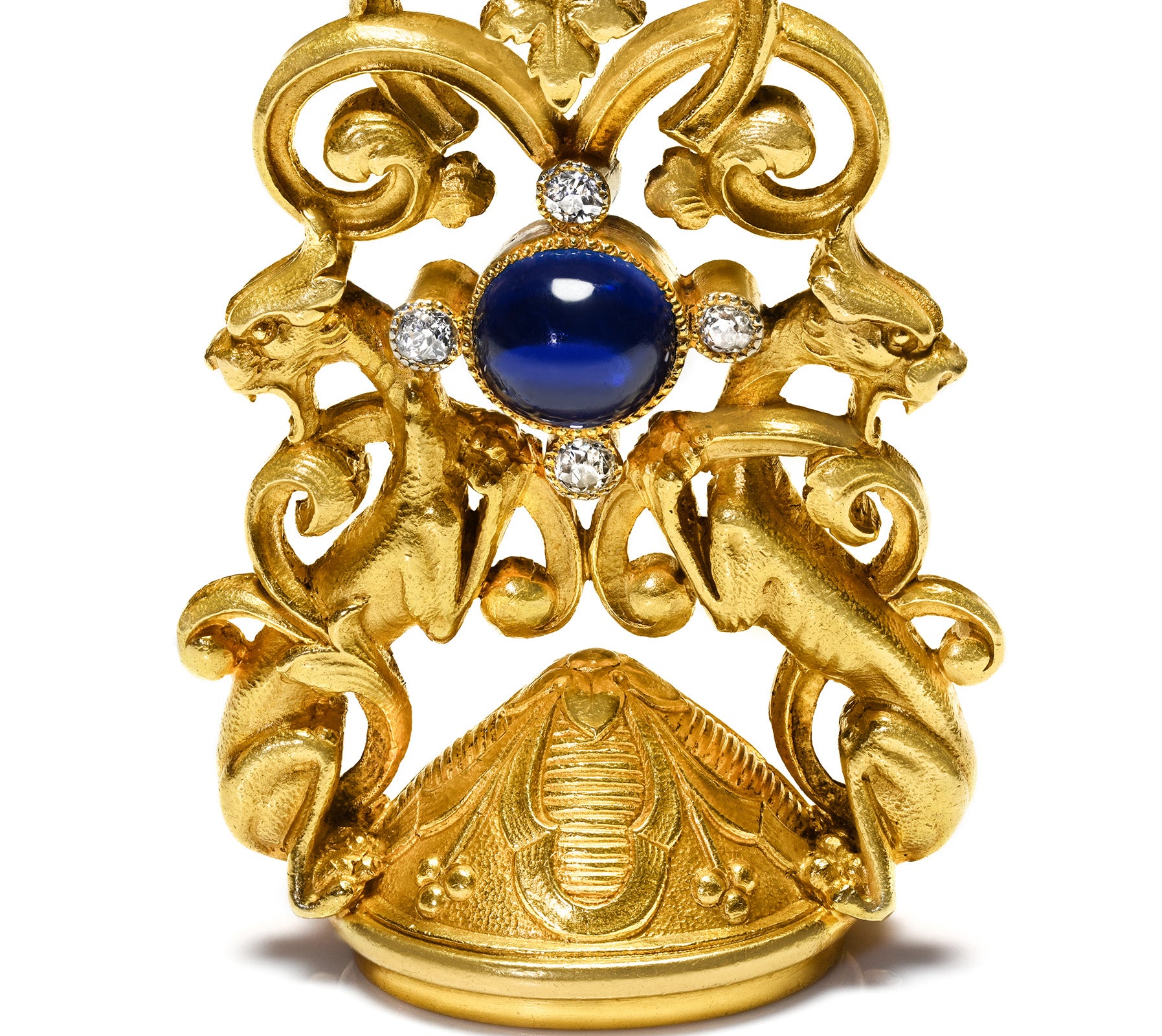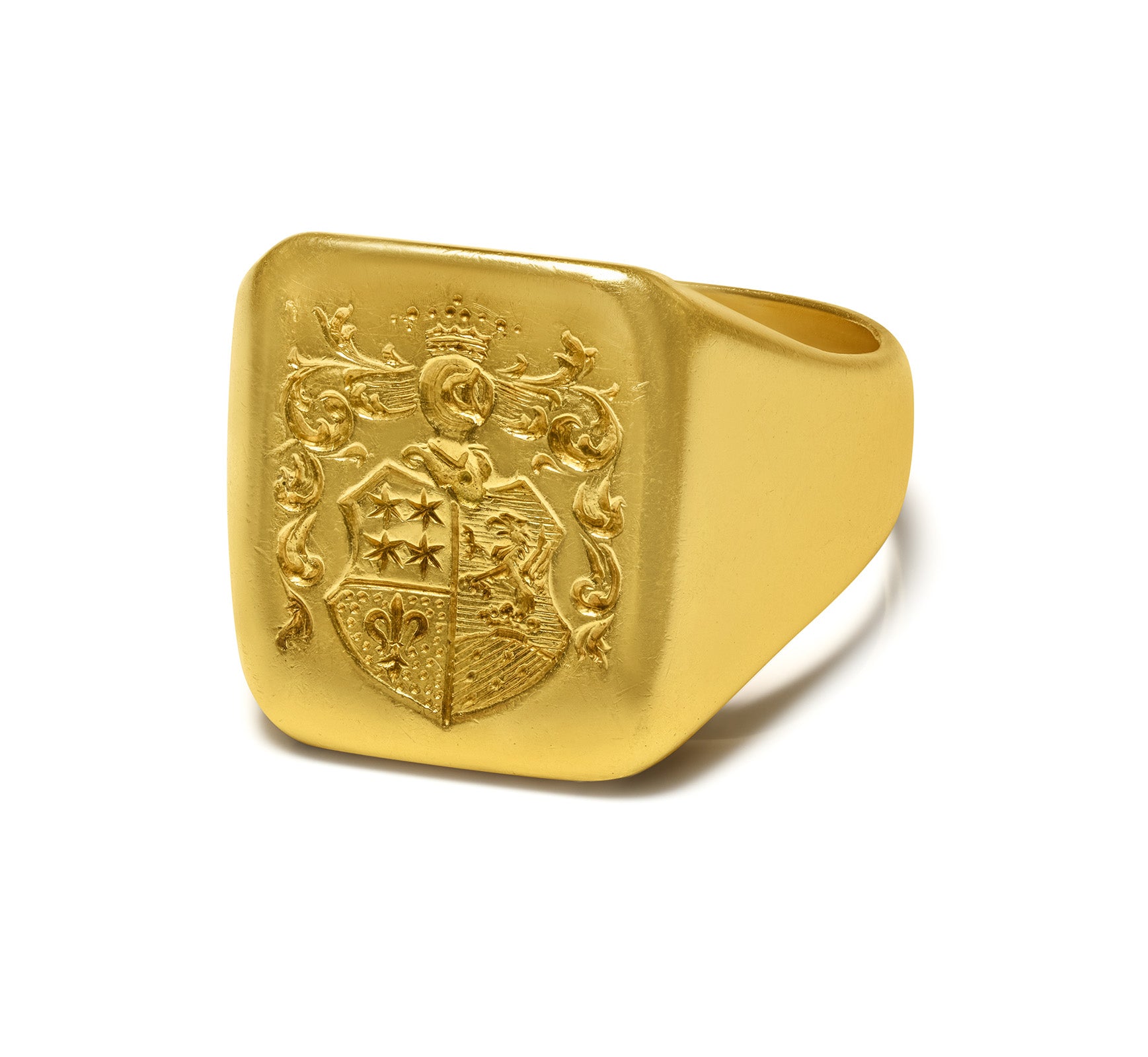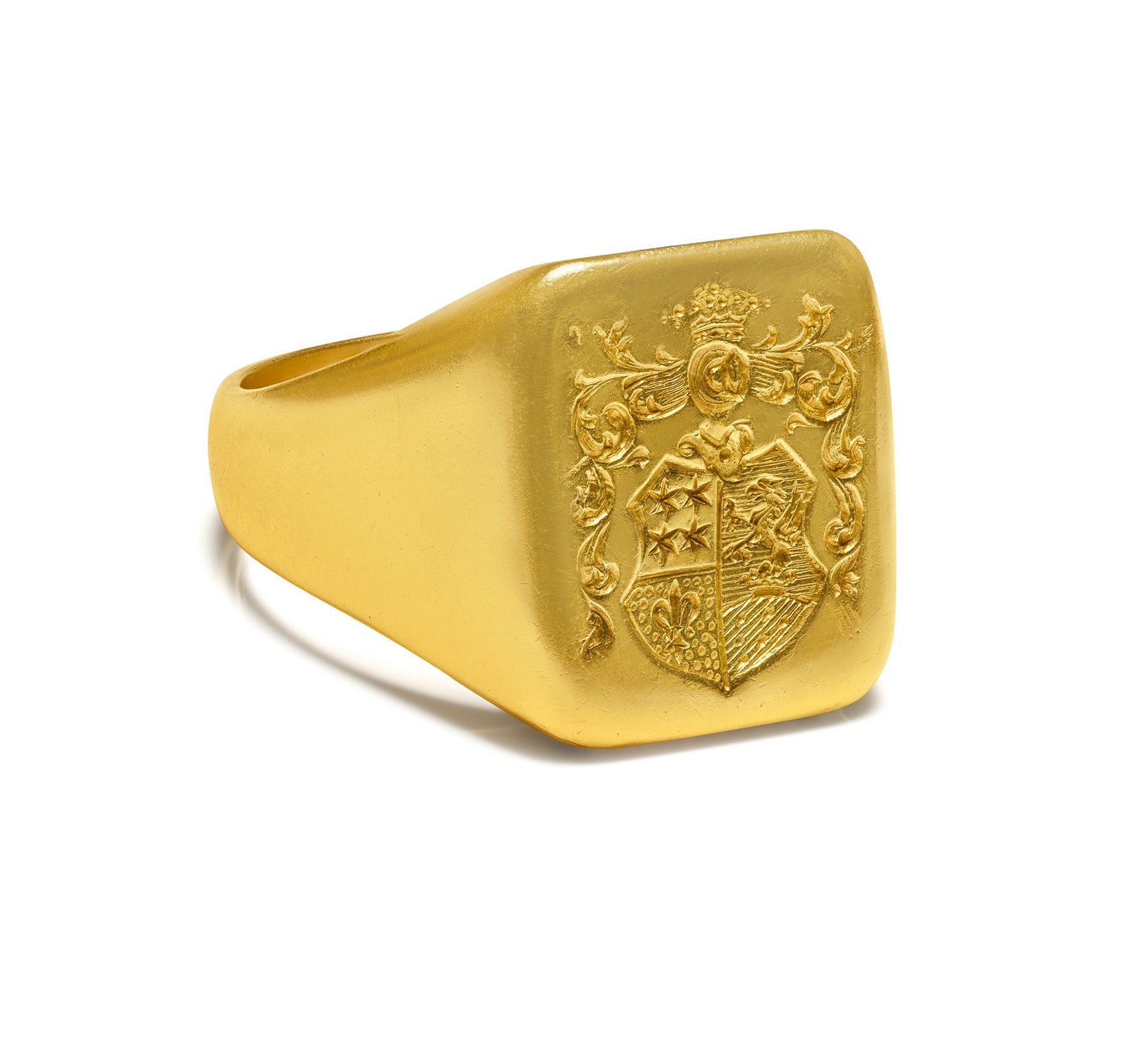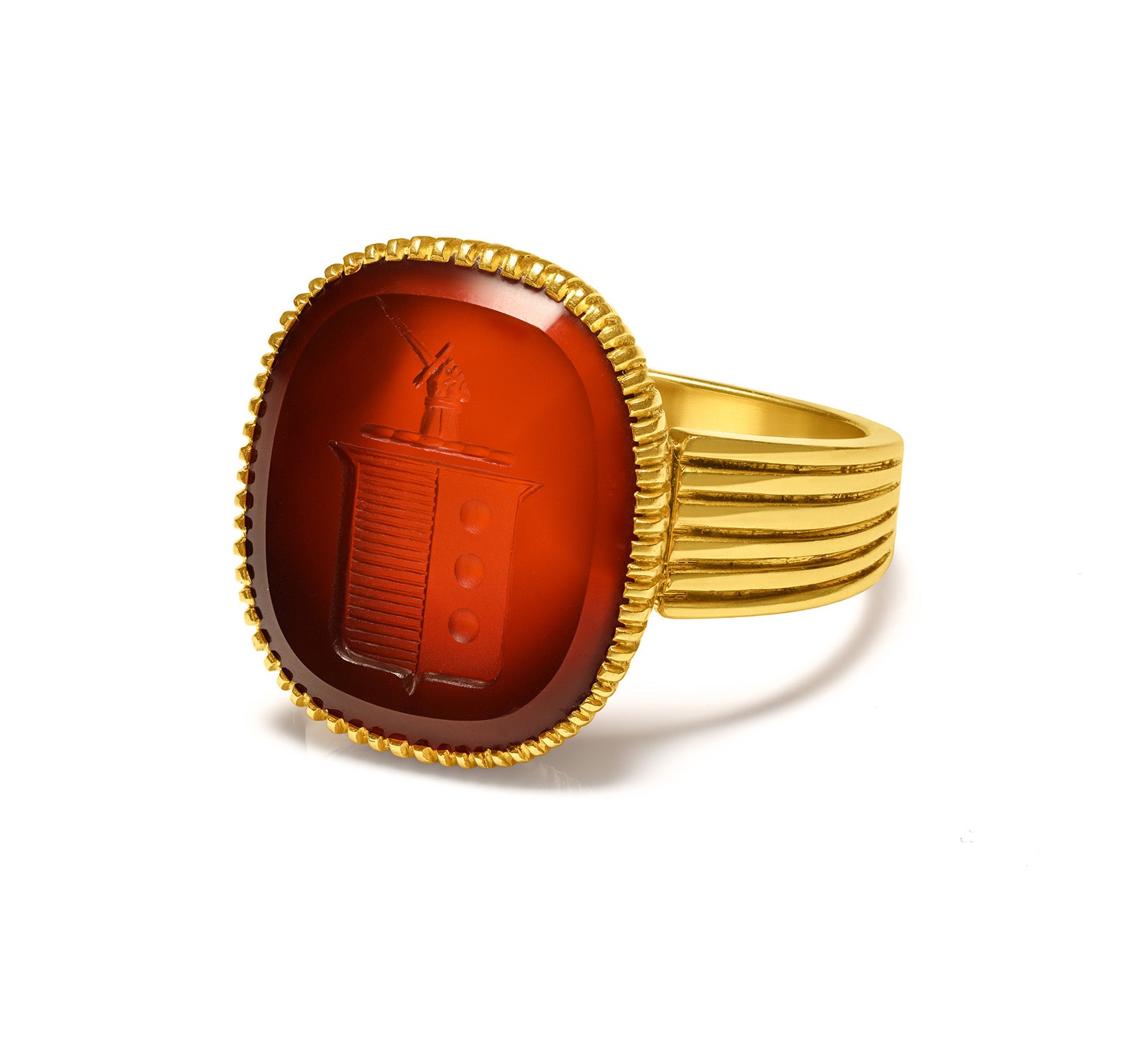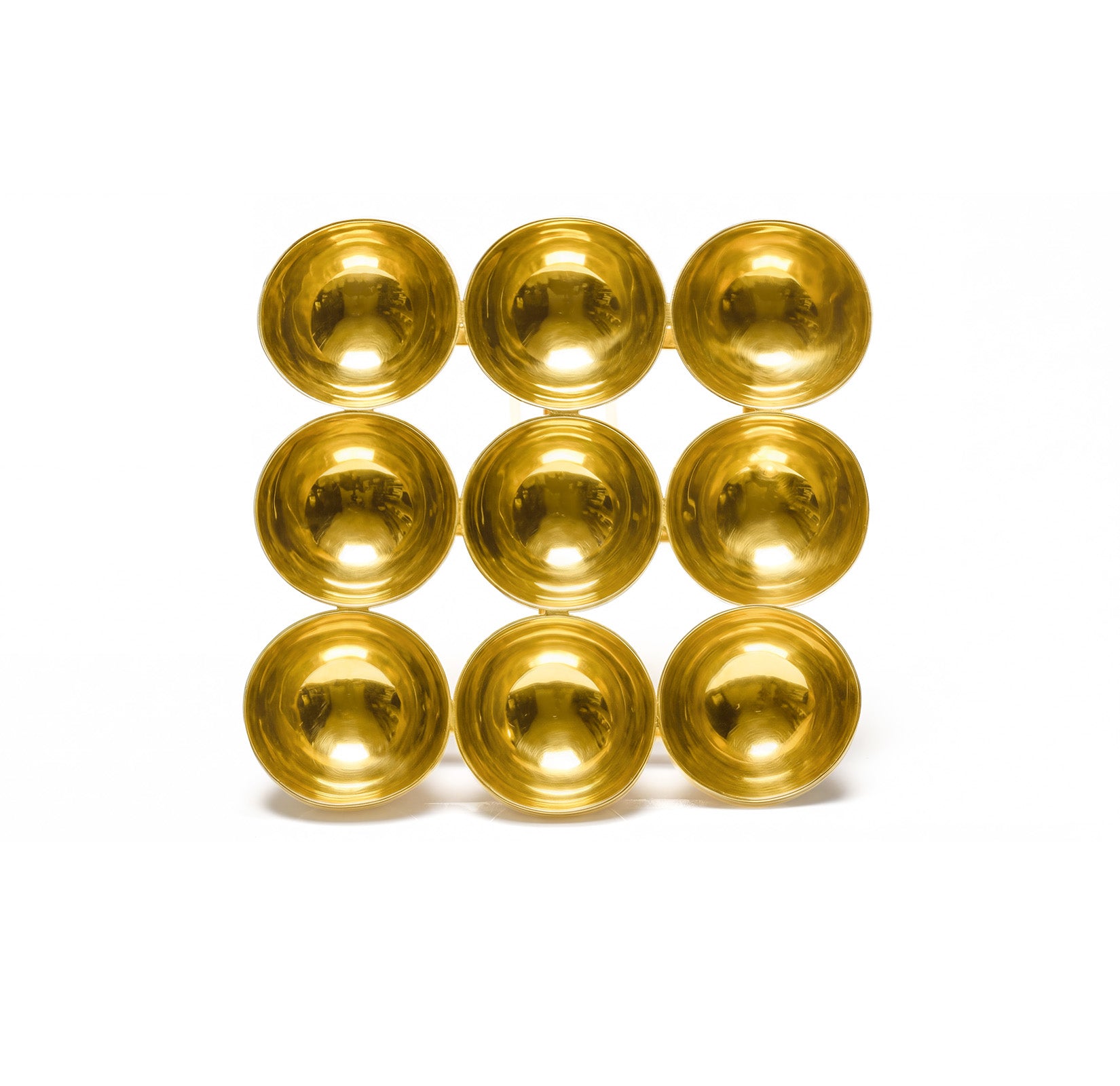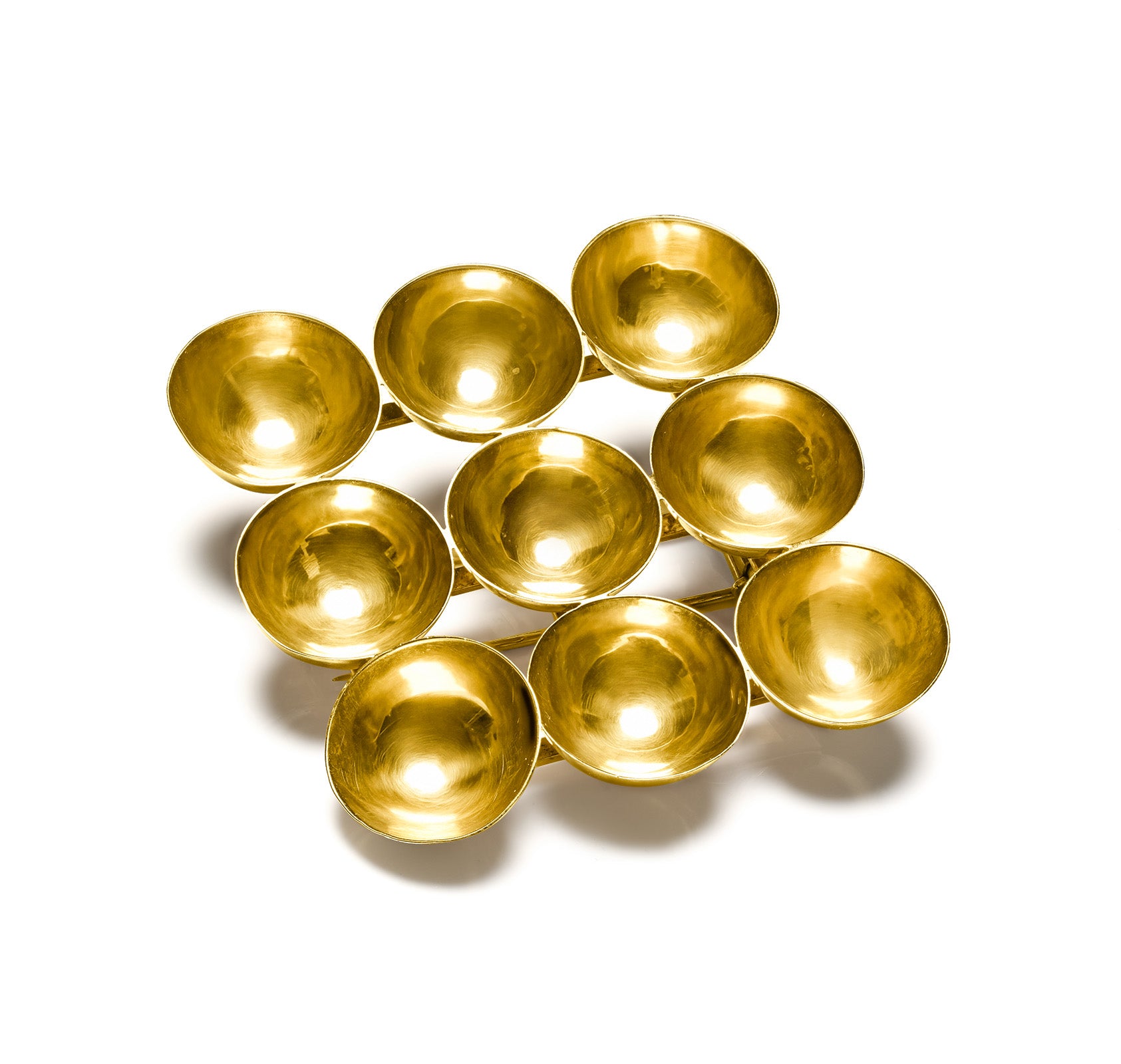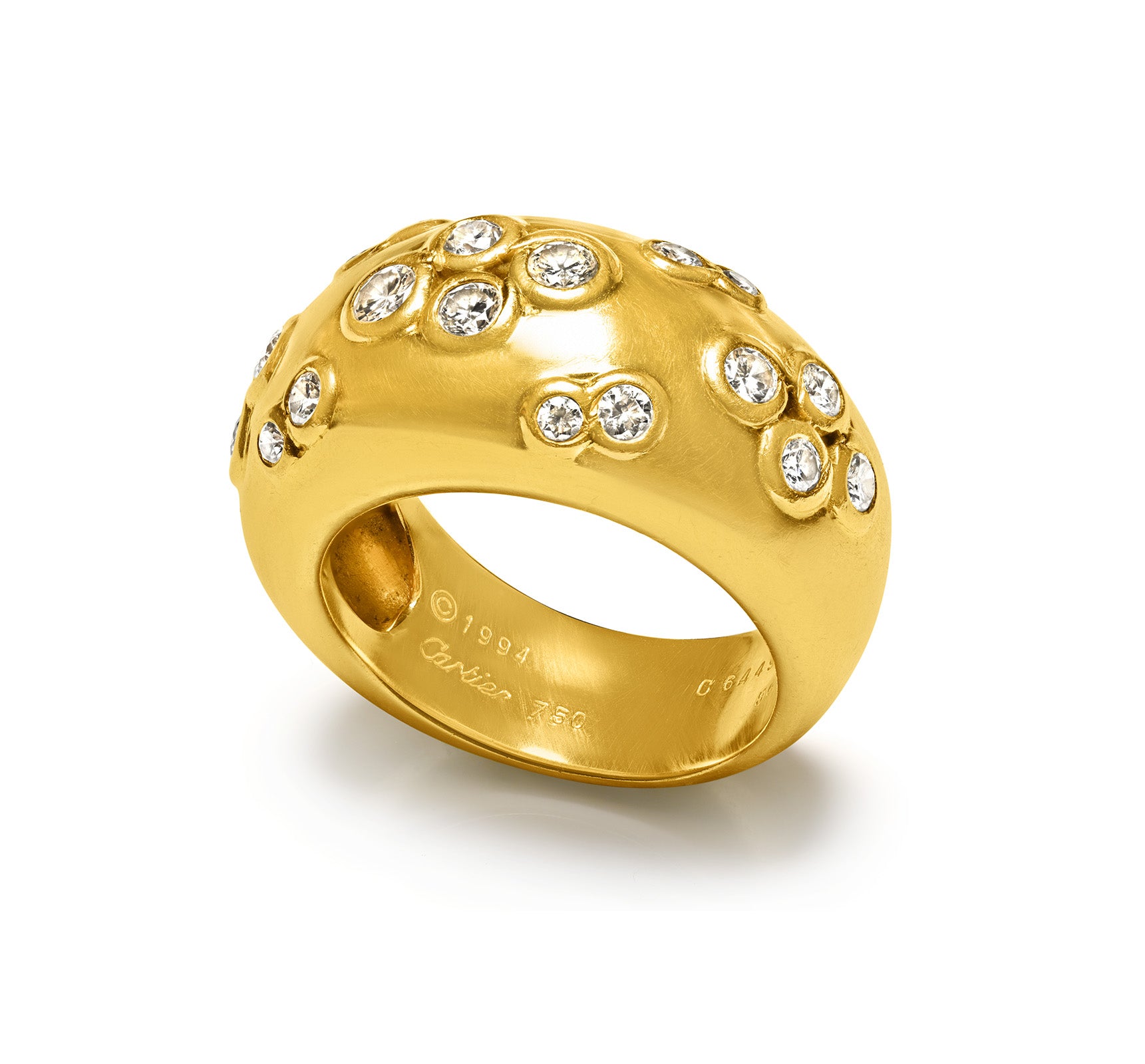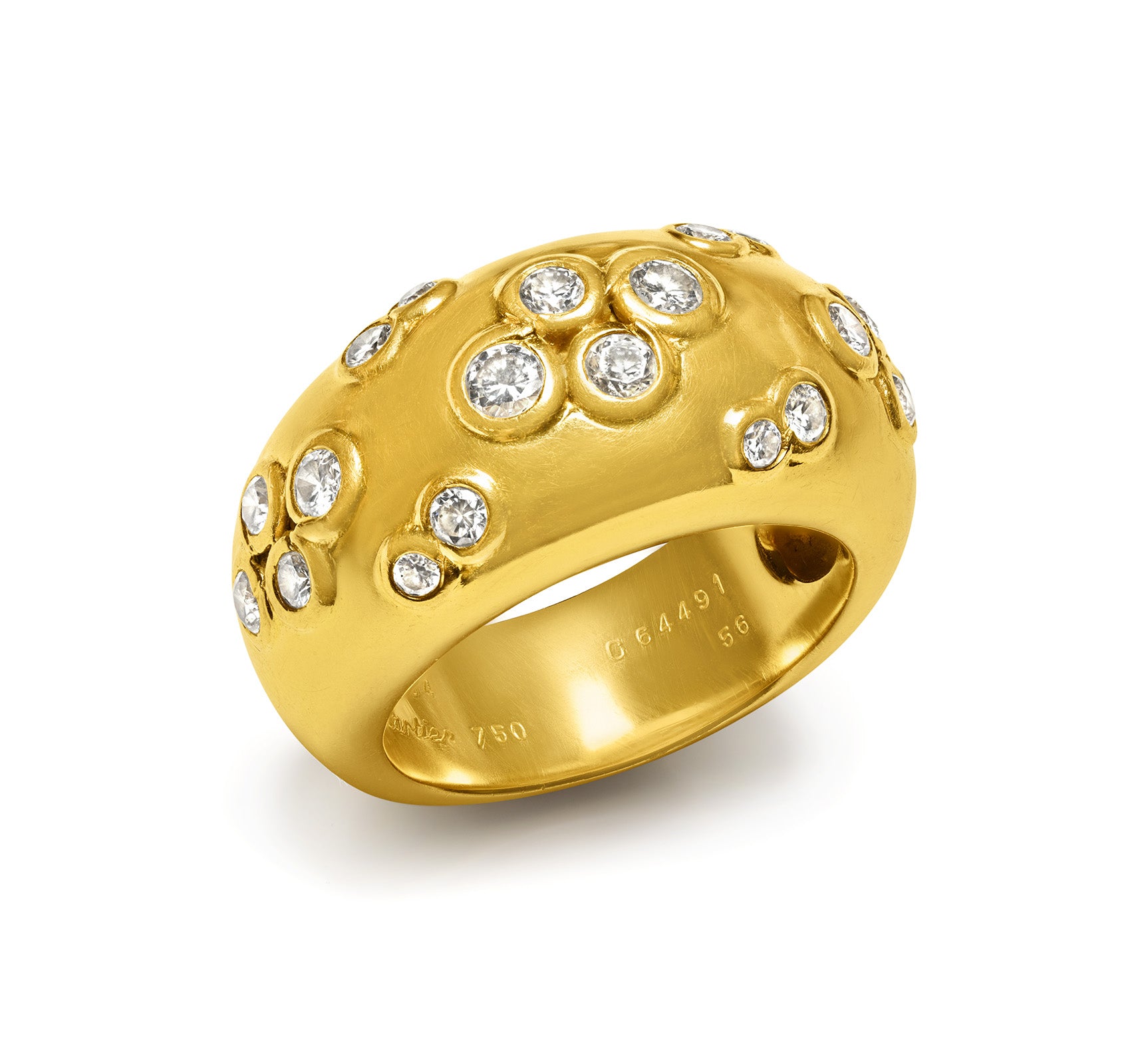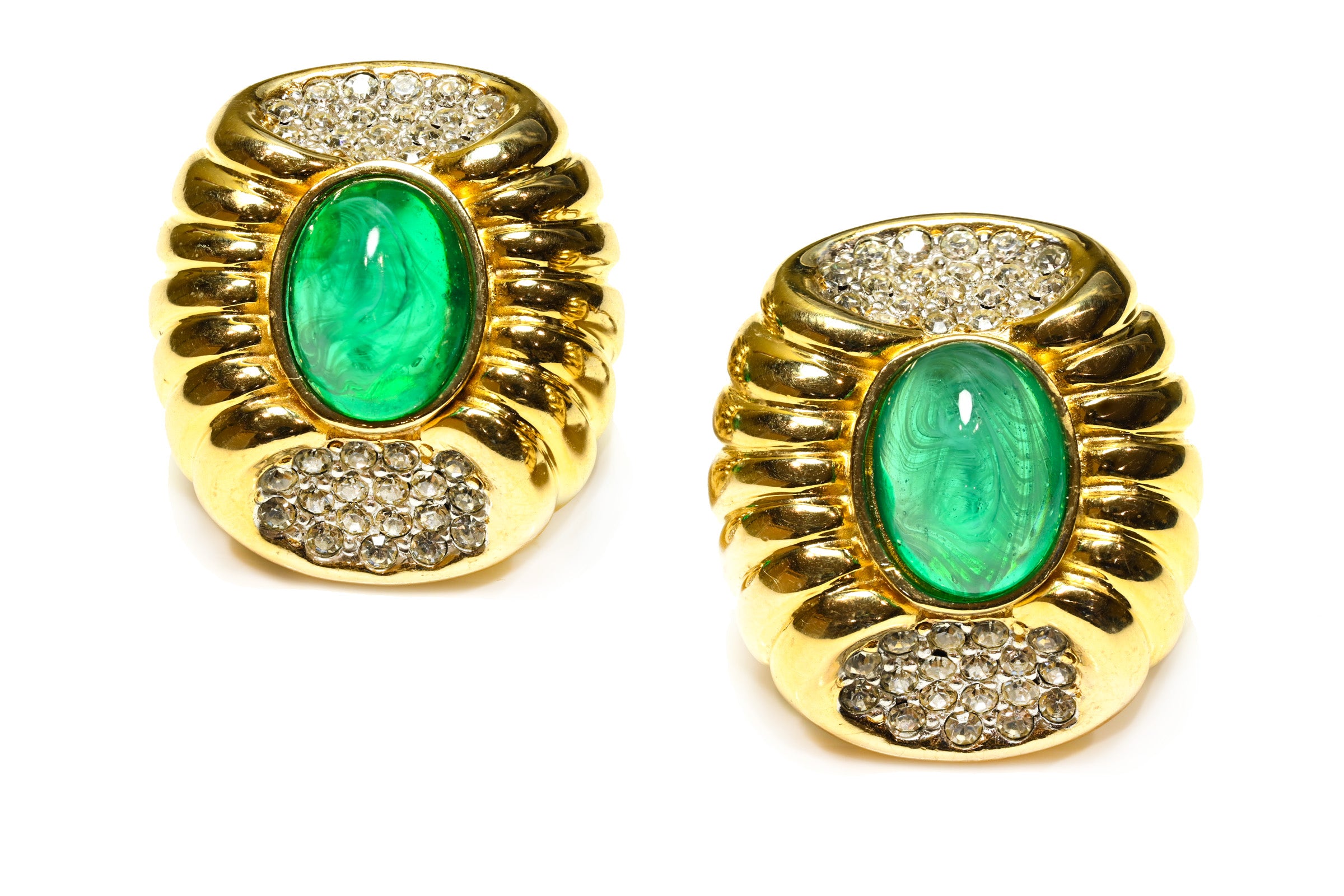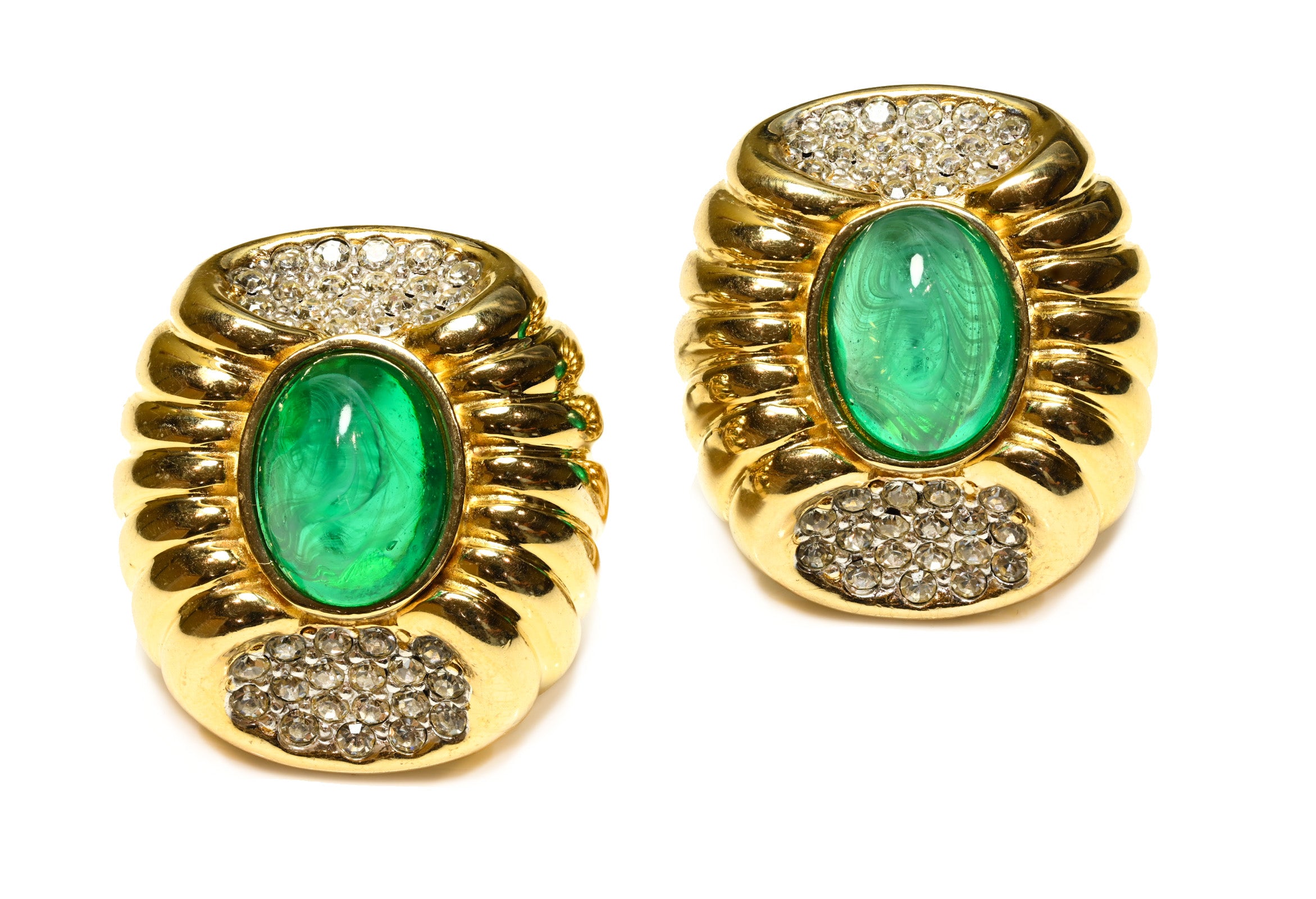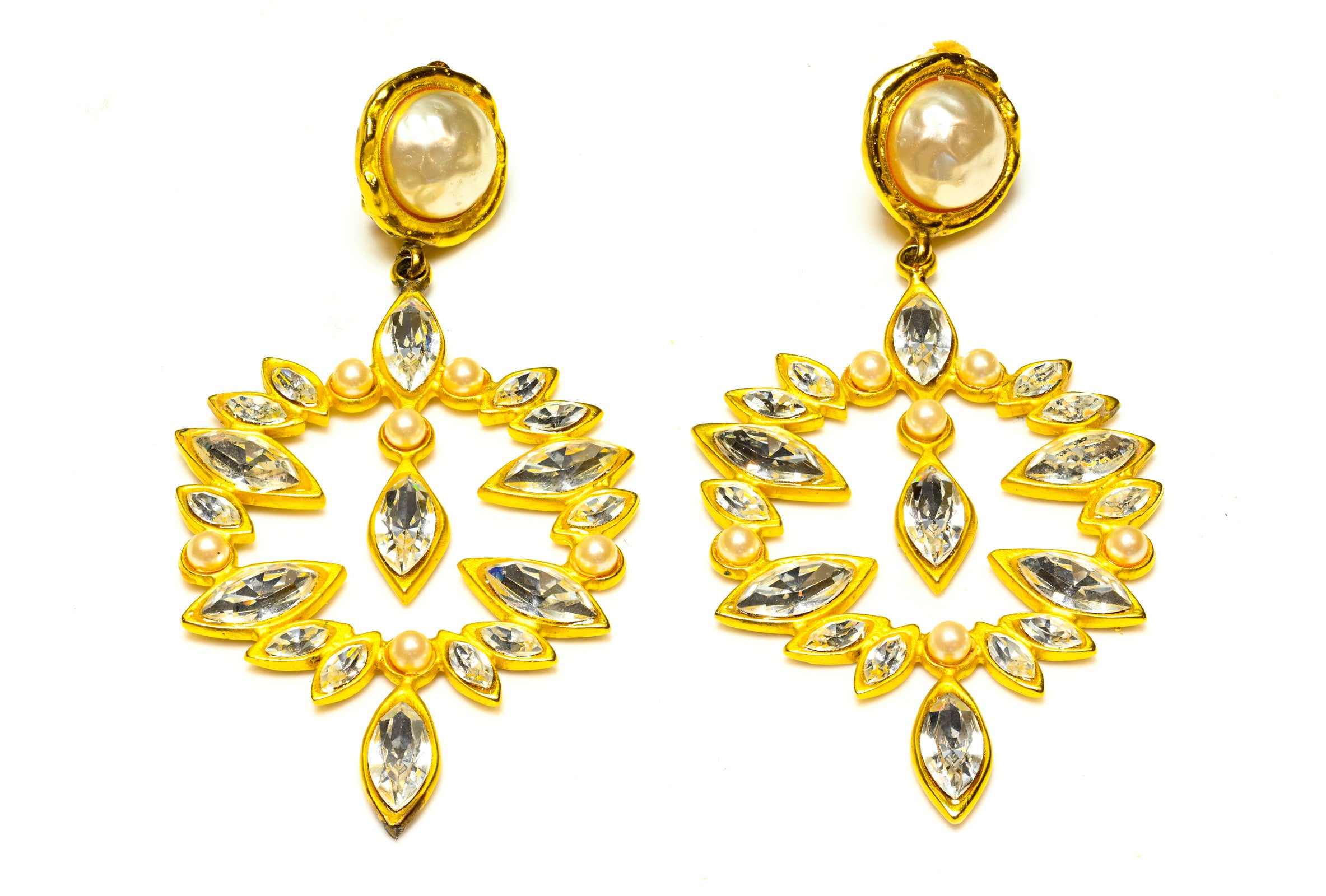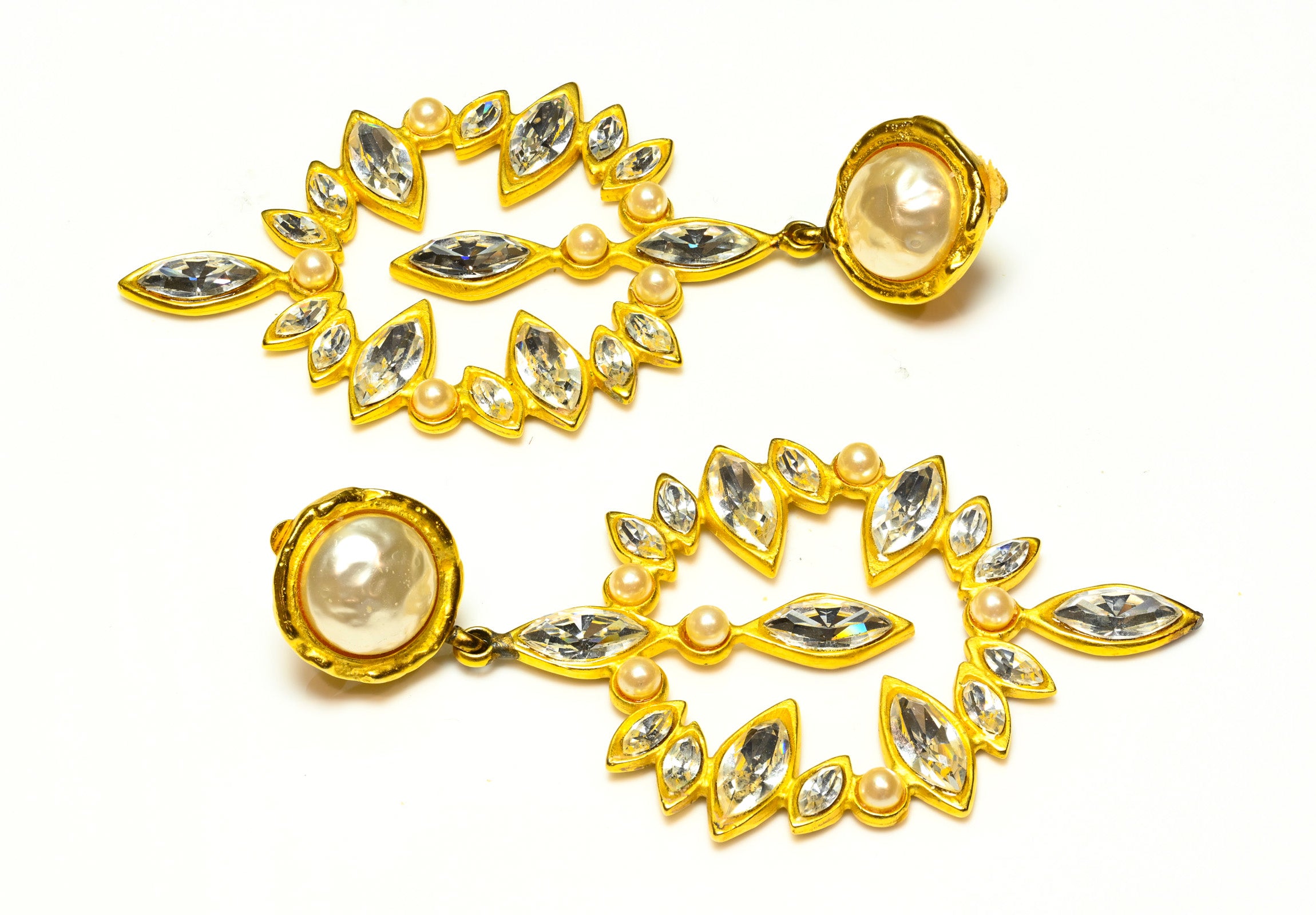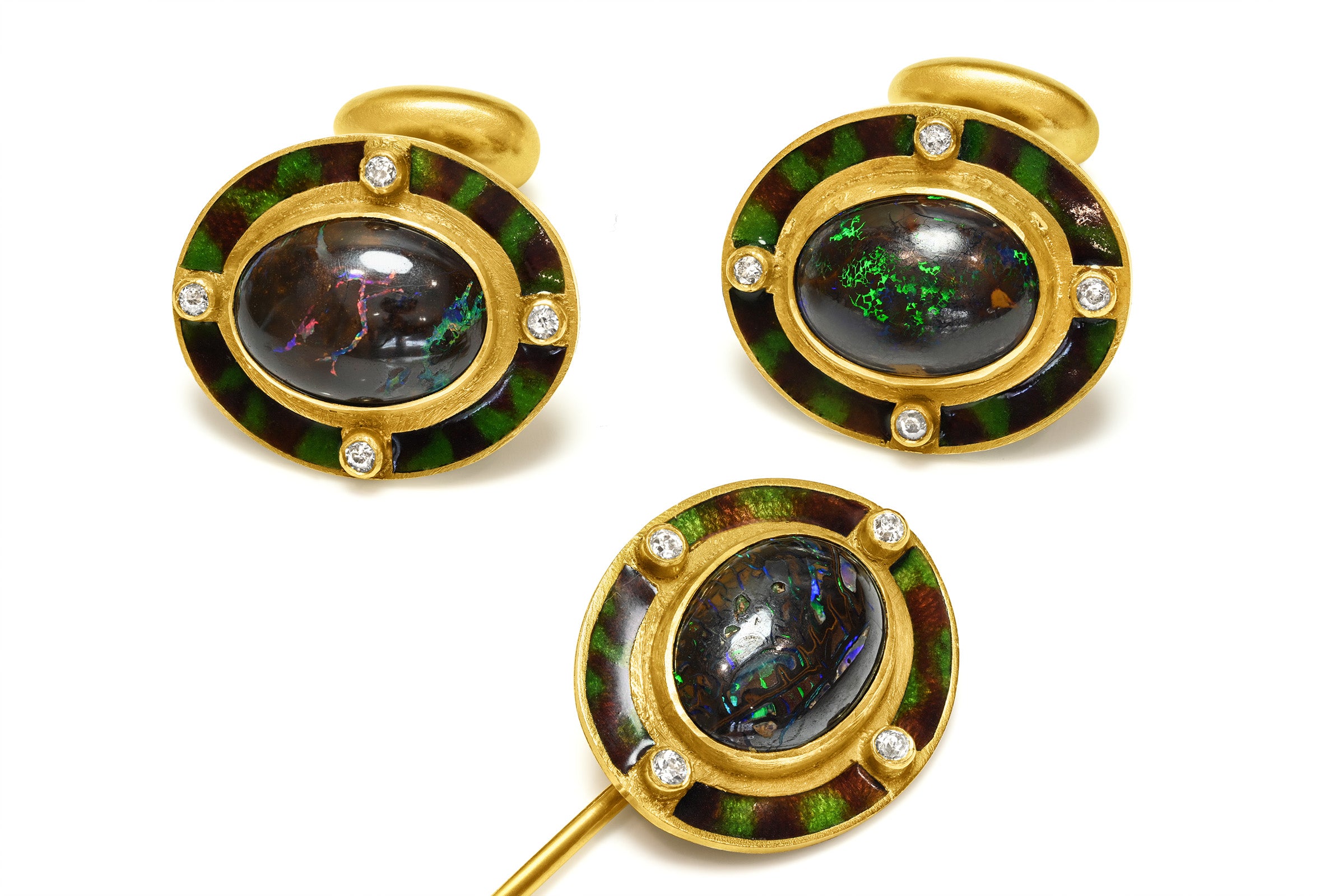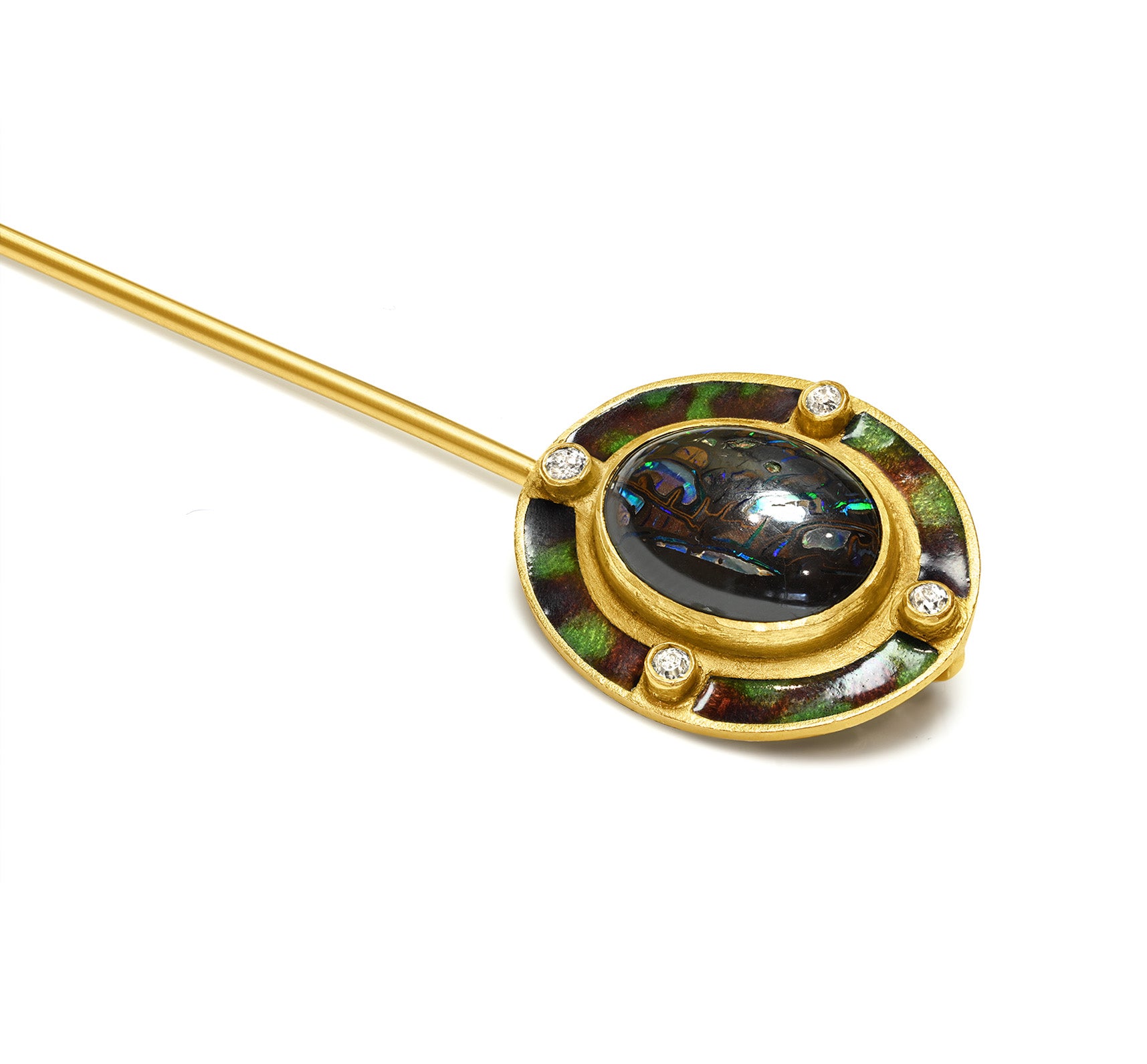Oscar Massin - The Jeweler Weaving Light into Gold and Precious Stones
He made diamonds float, turned metal into lace, and redefined luxury—long before sustainability had a name. Meet Oscar Massin.
Oscar Massin was an acclaimed Belgian jeweler who revolutionized jewelry design during the 19th century.
Through groundbreaking techniques and distinctive artistic creations, he left behind a remarkable legacy that continues to inspire jewelers and designers today.
Life and Career of the Legendary Belgian Jeweler
Oscar Massin (1829-1913) was among the most influential jewelry artists of his era, renowned for crafting exceptional pieces worn by European royalty and aristocracy.
Early Life and Apprenticeship
Massin was born in Liège, a Belgian city with a rich tradition in metalworking and jewelry-making. At the young age of 12, he began his apprenticeship under the guidance of Charles Reintjens, one of Belgium’s leading jewelers of that time.
During this formative period, Massin mastered crucial skills such as gemstone setting, intricate jewelry design, and meticulous finishing techniques.
Over the years, he started cultivating a unique style driven by his fascination with the interaction between light and diamonds, constantly striving to enhance their brilliance.
Rise to Fame in Paris
In 1851, at the age of 22, Oscar Massin moved to Paris—the epicenter of haute joaillerie. He began working under Théodore Fester, a prominent Parisian jeweler, in whose prestigious atelier he honed his skills as a master craftsman.
To supplement his income and establish his creative identity, Massin also began independently designing jewelry pieces and supplying them to other renowned Parisian jewelry houses. By 1854, his extraordinary talent earned him the position of workshop head at Rouvenat, one of Paris's most respected jewelers.
It was during his tenure at Rouvenat that Massin perfected several revolutionary diamond-setting techniques, laying the groundwork for his later fame and artistic recognition.
International Acclaim and Recognition (1863 - 1878)
In 1863, Oscar Massin established his own jewelry atelier in Paris, quickly gaining recognition for his innovative and elegant designs.
His international breakthrough came in 1867 at the Universal Exhibition in Paris, where he was awarded a prestigious Gold Medal. His creations soon captured the attention of Empress Eugénie, wife of Emperor Napoleon III, who became one of his most prominent clients.
Massin reached the pinnacle of his career at the 1878 Universal Exhibition in Paris, unveiling a dazzling diamond tiara created for the Duchess of Fife. The tiara’s unique metallic lace design astonished critics and earned Massin the Grand Prix, solidifying his reputation as one of the era’s greatest jewelry masters.

The Fife Tiara by Oscar Massin - Jeffrey Hayes via Wikimedia Commons
His Legacy and Influence (1878–1913)
Following his celebrated success at the Universal Exhibitions, Oscar Massin continued to design exceptional pieces for European royalty and aristocracy. His atelier collaborated with some of the most prestigious jewelry houses of the era, including Boucheron, Mellerio, and Cartier.
Among his elite clientele were members of the Dutch royal family as well as distinguished figures from the French and British nobility. His jewelry came to symbolize refinement, technical brilliance, and a uniquely poetic approach to design.
At the turn of the 20th century, Massin retired from active jewelry making. He passed away in 1913, leaving behind not just beautiful creations, but a technical and artistic legacy that forever changed the landscape of fine jewelry.
Techniques and Distinctive Features
Oscar Massin was not only a master jeweler—he was a technical visionary. His pioneering methods in stone setting, metalworking, and structural design remain benchmarks in high jewelry craftsmanship. Below are some of his most defining innovations:
1. The Illusion Setting (Sertissage Illusion)
This breakthrough technique allowed diamonds to appear larger than their actual size by minimizing the presence of surrounding metal. Oscar Massin’s invisible settings reduced the reflection of metal and maximized the light play of each stone, creating the impression of greater brilliance and volume.
2. Metallic Lacework Perhaps
Oscar Massin’s most iconic contribution, his metal lace technique transformed gold or platinum into airy, filigree-like compositions. These intricate structures mimicked the delicacy of fabric lace, often studded with diamonds to enhance their ethereal quality.
The tiara created for the Duchess of Fife, honored at the 1878 Paris Exhibition, remains the finest example of this artistry.
3. Flexible, Wearable Luxury
In an era when jewelry was typically rigid and heavy, Oscar Massin introduced flexibility as a key element. Using advanced articulation techniques, he crafted tiaras and necklaces that moved naturally with the body. This comfort-focused design was revolutionary at the time and elevated the sensory experience of wearing fine jewelry.
4. Naturalistic and Floral Motifs
A deep admirer of nature, Oscar Massin infused his creations with botanical inspiration. His floral and foliate motifs were executed with scientific precision and poetic charm. Petals, leaves, and vines were sculpted from precious metal and adorned with carefully set diamonds to recreate the elegance of living forms.
5. Hidden Mounts and Seamless Design
Oscar Massin often concealed prongs and structural supports, allowing the gems to appear as if floating. These invisible mounts gave his jewelry a seamless and refined appearance, marking a dramatic departure from the more visible, utilitarian settings of earlier designs.
These techniques were so innovative that they were adopted and adapted by many of the great jewelry houses that followed. Massin’s influence continues to resonate in contemporary high jewelry collections that echo his aesthetic of grace, brilliance, and technical finesse.
Notable Creations and Historic Collections
Oscar Massin is celebrated for creating some of the most breathtaking jewelry of the 19th century—especially tiaras, necklaces, and ceremonial jewels commissioned by royalty and nobility across Europe.
These pieces not only showcased his technical mastery but also embodied the grandeur of the Belle Époque and Second Empire eras.
Royal Tiaras: Jewels of Dynasties
The Fife Tiara – United Kingdom
One of Oscar Massin’s most famous creations is the diamond tiara made for Louise, Duchess of Fife, daughter of King Edward VII. Crafted in the 1880s, this all-diamond masterpiece exemplifies Massin’s illusion setting technique—making the diamonds appear as if suspended mid-air.
According to The Court Jeweller, the Fife Tiara is considered "a miracle of preservation" due to its immense carat weight and original composition.
Passed down through generations, it remains a culturally significant jewel within the British aristocracy and was officially recognized as such by the AIL panel upon the settlement of the Duke of Fife's estate in 2015.
The Dutch Ruby Tiara – Netherlands
Massin collaborated with Mellerio dits Meller, one of Europe’s oldest jewelry houses, to create a breathtaking ruby and diamond tiara for the Dutch royal family. Featuring floral motifs and fluid design, it remains part of the official Dutch royal collection, often worn at state events.
Romanian Royal Tiaras
Oscar Massin’s work also graced the Romanian royal family. Among the most cherished pieces is a lavish diamond and pearl tiara, originally worn by Queen Elisabeth of Romania, and later by Queen Marie. These pieces, rooted in Massin’s metallic lacework and naturalistic motifs, embodied the refinement of Eastern European royalty.
Necklaces and Signature Jewels
The Lace Necklace
Among his most representative creations, the lace necklace remains a textbook example of Massin’s pioneering metalwork. Crafted from gold and platinum and set with a delicate arrangement of diamonds, this necklace mimics the fluidity of real lace—light, flexible, and impossibly intricate.
Empress Eugénie’s Jewels
Oscar Massin also created numerous necklaces, brooches, and ornaments for the French aristocracy, including Empress Eugénie, consort of Napoleon III. These pieces stood out for their poetic grace and technical precision, reflecting light through almost invisible settings and emphasizing brilliance over opulence.
Oscar Massin’s Enduring Influence
Oscar Massin was not just a master jeweler—he was a visionary who redefined the relationship between light, metal, and stone.
Through techniques like illusion setting, metallic lacework, and naturalistic design, he transformed jewelry from rigid adornment into fluid, wearable art. His contributions to craftsmanship and aesthetics remain benchmarks of innovation in the history of fine jewelry.
Today, his legacy continues not only in museums and royal collections, but in modern jewelry houses that draw inspiration from his revolutionary techniques.
In every suspended diamond and every delicate metal filigree, the spirit of Oscar Massin endures—reminding us that true beauty lies not in extravagance, but in ingenuity, elegance, and light.

